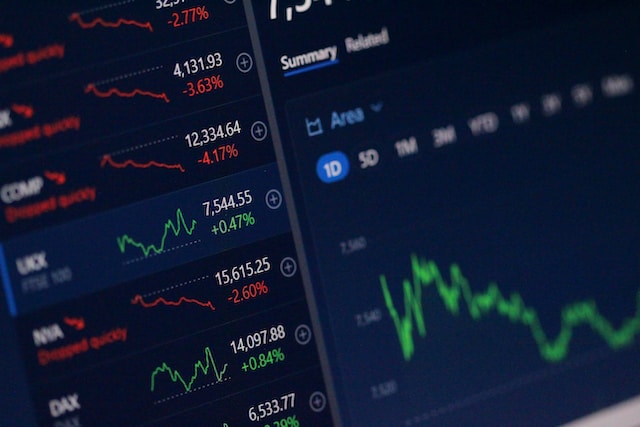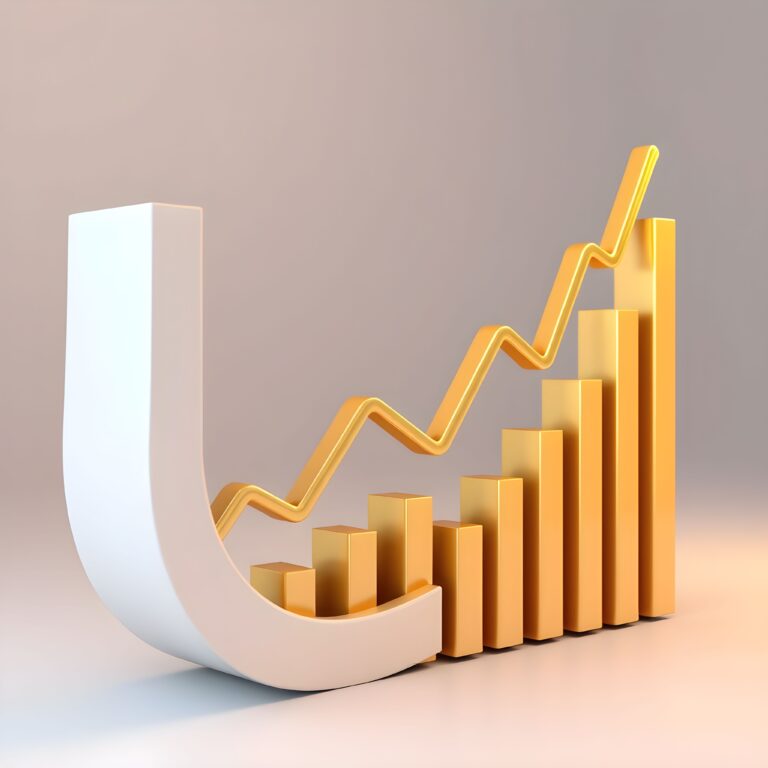In a surprising turn of events, the Pakistan Central Bank has decided to raise its key policy rate to an unprecedented 22%. This decision has far-reaching implications for the country’s economy, financial markets, and individuals. In this article, we will explore the reasons behind this bold move, examine its potential consequences, and analyze how it might affect borrowing costs and inflation.
Understanding the Key Policy Rate
The key policy rate, also known as the benchmark interest rate, is the rate at which the central bank lends to commercial banks. It serves as a tool to manage inflation, stabilize the economy, and control the money supply. By raising or lowering this rate, the central bank influences borrowing costs and shapes monetary policy.
Reasons behind the Rate Hike
The decision to increase the key policy rate to 22% reflects the central bank’s concerns over rising inflationary pressures and the need to curb them. Pakistan has been grappling with high inflation rates, driven by various factors such as soaring food and energy prices, supply chain disruptions, and fiscal imbalances. The central bank aims to tighten monetary policy to rein in inflation and stabilize the economy.
Implications on Borrowing Costs
A higher key policy rate translates into increased borrowing costs for businesses, individuals, and the government. Commercial banks, which rely on the central bank for liquidity, will pass on the higher interest rates to borrowers. This could make loans more expensive, potentially slowing down investments, reducing consumer spending, and dampening economic growth. Entrepreneurs and individuals might find it harder to access credit, affecting their ability to expand businesses or make important purchases.
Impact on Inflation
The rate hike is expected to have a direct impact on inflation rates in the country. By raising interest rates, the central bank aims to reduce the money supply, making borrowing more expensive and curbing consumer spending. This contractionary measure can help mitigate inflationary pressures and bring price levels under control. However, the effectiveness of this strategy depends on various factors such as the responsiveness of businesses and consumers to higher borrowing costs.
Sectoral Analysis
Different sectors of the economy will experience varying effects from the rate hike. Industries heavily reliant on credit, such as real estate and manufacturing, might face challenges due to increased borrowing costs. Consumer spending patterns may shift as individuals cut back on discretionary purchases. The stock market could experience volatility as investors reassess their risk appetite in the face of higher interest rates. It is crucial for businesses and investors to closely monitor these developments and adapt their strategies accordingly.
Conclusion
The Pakistan Central Bank’s decision to raise the key policy rate to 22% has significant implications for the country’s economy. While the move aims to tackle inflation and stabilize the financial landscape, it could lead to higher borrowing costs and impact various sectors. It is essential for businesses, individuals, and policymakers to carefully evaluate the evolving economic situation and make informed decisions to navigate these challenges effectively.
Disclaimer: This article is for informational purposes only and should not be considered as financial advice. It is recommended to consult with a professional financial advisor or economist for personalized guidance regarding the implications of the Pakistan central bank’s decision on your specific circumstances.












